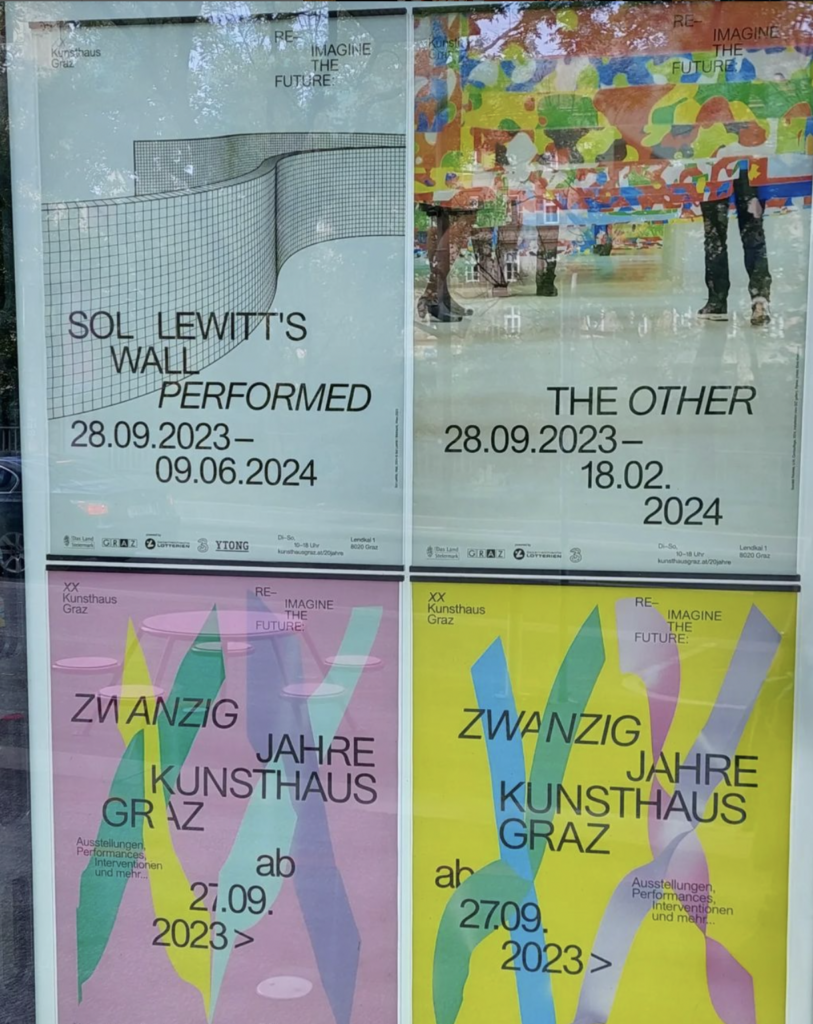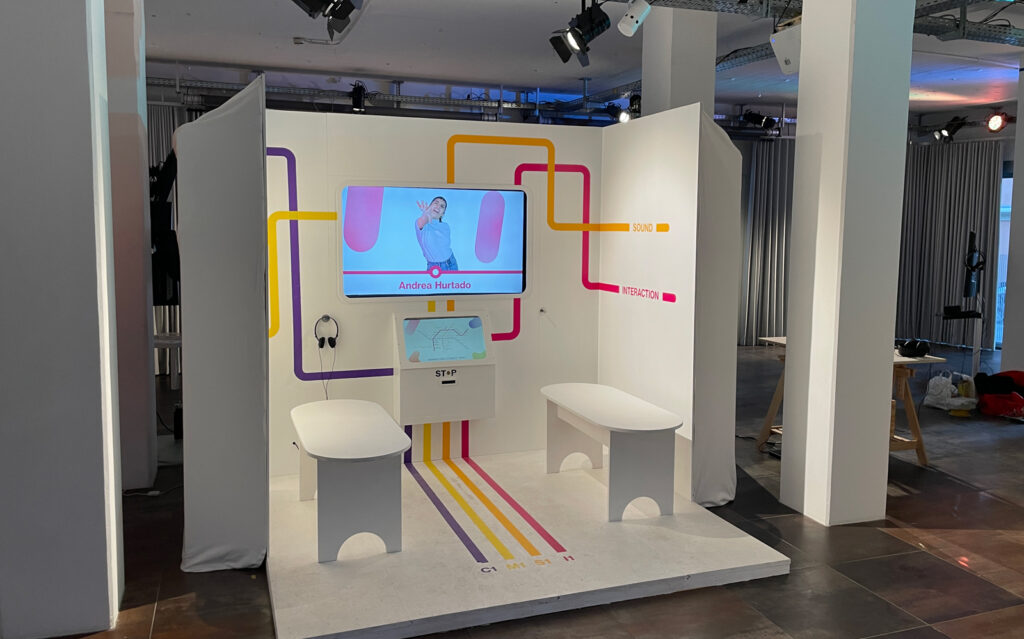I recently watched an episode of the Heute-Show on the subject of digitalization in Germany. Lutz van der Horst and Fabian Köster went on a little journey through Germany and Estonia to see how far Germany is or isn’t in this area. Conclusion: There is still a very long and rocky road ahead to catch up with leading digitalization countries in the European Union, such as Estonia. The two reporters explore various authorities, visit politicians and also end consumers to show how poor network coverage is in Germany in some cases. By comparison, Estonia has 99.9% 4G network coverage. However, around 95% of official procedures in Estonia can be completed online. Only when it comes to marriage and divorce do you still have to visit the office in person. All schools in Estonia have had Internet access since 1999. This is not yet the case in Germany.
I found the episode very interesting because it showed me that when developing an app or a digital service, it is important to pay attention to the digital possibilities of a country. It can also be very exciting to look beyond national borders to see what might be possible in your own country in the future. As far as I know, Austria is in the middle of the EU in terms of digitalization. There will probably be a lot more to do in the future…

